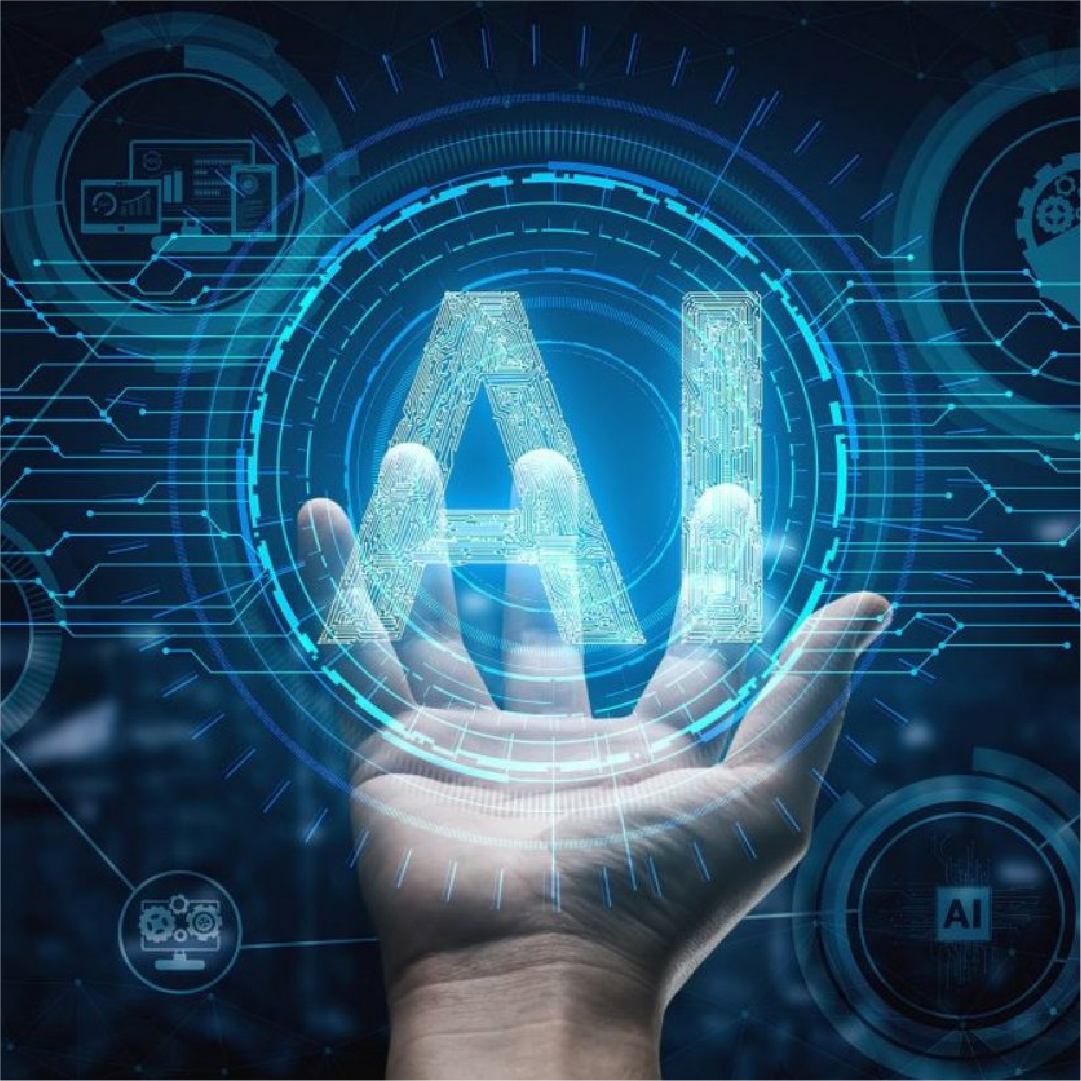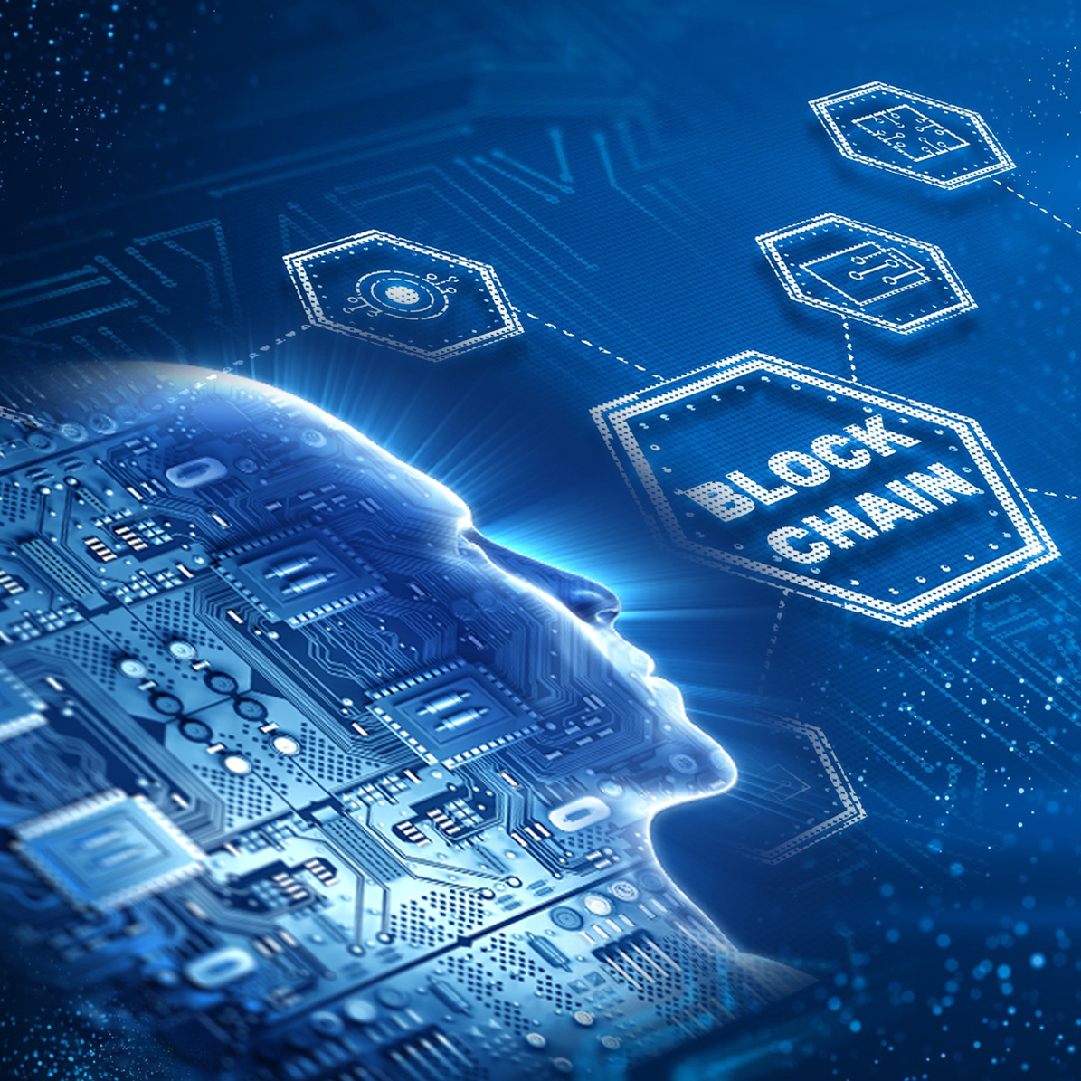7 Essential Tips to Effectively Manage Your AI Projects!
AI projects seem to get an overwhelming amount of attention and investment from global companies. The pandemic-induced digital transformation acts as great manure for AI (artificial intelligence) to flourish and thrust. Deployment and scaling of AI projects across more refined and critical scenarios are soon to become a fad.
But the success rate of AI projects is not as appealing as the hype it receives. As per two Gartner reports, 85% of AI and machine learning projects fail to deliver, and only 53% of projects make it from prototypes to production. A study by Databricks (via TechRepublic) discovered that although about 90% of companies are working on AI projects, only one in three of those AI projects is becoming fruitful. But these figures should not melt down the enthusiasm in you to kick start AI projects. In this blog, you will find out some fundamental things to know while executing your artificial intelligence projects.
We will also analyze the convergence between AI and blockchain and will quickly scan through some top AI blockchain projects.
Before we move straight into AI projects and the things to be considered before executing them, let’s have a quick look at the definition of Artificial Intelligence and Blockchain and why both coverage in many areas.
What Is Blockchain?
To quote IBM, “Blockchain is a shared, immutable ledger that facilitates the process of recording transactions and tracking assets in a business network.”

Assets can be tangible (a house, car, cash, land, etc.) or intangible (intellectual property, patents, copyrights, branding, etc.). To be precise, blockchain is a distributed database network that allows tracking and trading of anything of value on it. This helps in reducing risk and cutting costs for all the parties involved.
Originally developed for use in Bitcoin, the best-known cryptocurrency, it offers a secure and decentralized record of transactions. Its highlight is that it ensures trust without the existence of any reliable third party.
As permissioned multiple parties can have immediate, shared, and transparent exchange of encrypted data concurrently to numerous parties, they share a single view of the truth and hence gain confidence in their transactions.
The way in which information is stored is the key differentiator between Blockchain and a typical database. While a database stores information as tables, a blockchain stores information as blocks that are strung together via cryptography.
Artificial Intelligence (AI) is a broad landscape of technologies including machine learning, deep learning, and natural language processing (NLP) that works in close collaboration to help machines/computers to think, act, and learn like humans. These technologies enable machines to mimic human intelligence and thereby help them enact the supreme problem-solving and decision-making skills.
Algorithms that are built into a dynamic computing environment is the reason for capability for otherwise lifeless computers.

AI helps in the automation of repetitive tasks, improved predictions, and decision-making activities.
Now, let us come back to the focus area of this blog. What are the fundamental things to deal with before moving on with your AI projects?
Consider These Before Embarking on Your AI Project
Are you considering embracing your first AI project? If yes, you need to definitely consider the following steps. These are crucial steps that count.
1. Detect the real issue that needs a solution
Focusing on the right business case from the beginning of AI adoption is very important. Keep in mind Steve Jobs’ remark on this occasion: “You’ve got to start with the customer experience and work backward for the technology. You can’t start with the technology and try to figure out where you’re going to try to sell it.” Many companies make the mistake of starting their AI project (even non-AI projects for that matter) with a need for technology rather than a business need.
You also need to be specific with regard to each solution. Do not expect AI to work for every need. Find out measurable value for each AI initiative and then move ahead.
All your AI project decisions should precede plenty of brainstorming from multiple functional departments.
2. Fix the Objectives
Setting appropriate and realistic goals for AI projects is as important as identifying AI opportunities. Organizations can decide on a specific and achievable objective based on the domain your project belong to; for example, banking, finance, healthcare, e-commerce, etc. Many AI projects fail to deliver due to poorly defined goals. One major reason for this is the conflict between technical goals and business goals. As per experts, it is prudent to give weightage to business goals.
3. Understand the difference between AI projects & traditional IT projects
AI projects are in a way software development projects, but with some crucial differences. Therefore, Artificial Intelligence projects call for a different approach than traditional IT projects. IT project managers in your organization should understand the new technical and ethical challenges and should have great affinity and plasticity to new concepts.
Below are some of the crucial differences between an AI project and an IT project.
- While IT projects are solution-specified (top-down), AI projects follow a bottom-up approach by giving the result as an input that will train the AI.
- AI is not programmed to accomplish a task, it is programmed to learn to accomplish the task.
- Data is at the center of an AI application while code is the primary artifact of IT projects.
- As IT projects revolve around pre-defined goals, the risk of not reaching the expected results is gravely present. Whereas, as AI projects are based on predictive project development, it is more of an ongoing event that delivers definitive results in the short term.
- AI is a conceptual three-step journey pertaining - to what kind of data you have - what information could be produced - what you could do with the new information. It is all about making inferences. But IT projects are all about following the instructions of the programmers through the code.
4. Have a solid foundation
Below are some of the crucial differences between an AI project and an Building a solid and lasting foundation is essential in AI projects. A majority of companies are excited about implementing projects powered by artificial intelligence. They start with archaic data extracts and irregular analysis. Even though greater time is spent on building an AI model, it doesn’t reach production when new predictions need to be made.
Data is an ever-changing phenomenon. Data scientists need to nurture the model continuously with precise data over time. They need to watch out for bias through constant monitoring.
5. There should be harmony between the data science and business teams
Machine learning and data science are for the good of the business as a whole and not just for the tech team. Data scientists should grasp the business need for implementing AI in their projects. Their comprehension should not get confined to the production environment. By getting models into production and delivering repeatable, accurate forecasts over time, the data science team can build trust with the business units and can facilitate sharing of the same goals.
6. Ensure everyone is on the same page
Whenever a breakthrough technology comes into being, the main challenge of an organization is not often the technology, but the culture. You need to prepare everyone in your team and other departments for this AI adoption. Many employees look at AI with skepticism as they fear the loss of their jobs. Creating a culture that promotes AI transformation should be your focus and hence you should communicate its benefits clearly to all employees. AI projects can’t reach success in an unsupportive culture. Everyone, including the business stakeholders and end-users, should be in the loop from the start of the AI project. This is critical to build a solution that works for people who are actually using it.
7. Clear understanding of the cost structure
The cost of implementing a complete AI solution can roughly range from US$20000 to US$1000,000. Focusing on the cost side of the equation is crucial to estimate the ROI of your AI project. When you have the industry’s best cost structure your AI project can yield good results without causing a burden to your company.
About 70% of the budget will go for storing and transforming data. You may have to spend w whopping amount of money on learning diversified skillsets. If you can cut down the cost of data and enhance the quality of it, it will really be great.
Blockchain-AI Convergence
Organizations need to convince both their technical and non-technical guys about the importance of AI projects and blockchain concepts. What we need is a human-centric approach that strikes a meaningful poise between machine intellect and human proficiency. Enterprises need to build trustable environments that appreciate the skills and limits of AI and its outputs. Our primary aim is the improvement of data-driven decision-making.
The convergence of AI and Blockchain is happening in many areas as the latter has the ability to empower the former.

This calls for the combined use of these powerful technologies to enhance virtually every industry in which they’re employed.
Below are some scenarios wherein the integration of AI with blockchain can be beneficial.
- Smart sharing of AI training data, training processes, and AI models is possible through the decentralized character of blockchain. A Decentralized & Collaborative AI on the Blockchain framework is under development. It is intended to help the AI community to train models and build datasets on public blockchains.
- The combination of AI and blockchain can give added security against cyber-attacks. Therefore data privacy is a core area where the coming together of AI and blockchain can be immensely beneficial.
- AI can extract massive datasets and can build and discover new patterns and scenarios.
- Blockchain can identify bugs and fraudulent data and remove them.
- Blockchain can help in authenticating the classifiers and patterns created by AI.
- AI can be used to create and trade digital investment assets over brisk private blockchains
Top AI Blockchain Projects
If you are under the impression that Blockchain is used only for cryptocurrencies, you are wrong. The distributed immutable ledger technology has wider and varied applications. Here is a generic and quick look at some of the top AI blockchain projects.
AI chatbots are a very common AI software solution. It helps businesses in streamlining, automating, and enhancing customer support solutions and interactions. Machine learning empowers AI chatbots with its capability to become smarter with time and use. It understands human interactions and responds to it precisely. It has already grown as a natural fit for customer service industries. Blockchain-empowered chatbots are great for financial transactions.
AI computing networks like DeepBrain Chain are great examples of top AI blockchain projects. This decentralized AI computing platform uses blockchain technology to enhance data trading and take full advantage of data privacy.
Cryptocurrency-based savings and investment management platforms are becoming popular now. Peculium is an example. These platforms help in managing cryptocurrency securely and efficiently.
Parting Words
I’ve tried covering the most fundamental and crucial tips for building a successful AI project. These tips are definitely going to help you have a scalable and transformative change. Are you seeking some efficient helping hands to materialize your Artificial Intelligence (AI) initiatives? Call us now.


